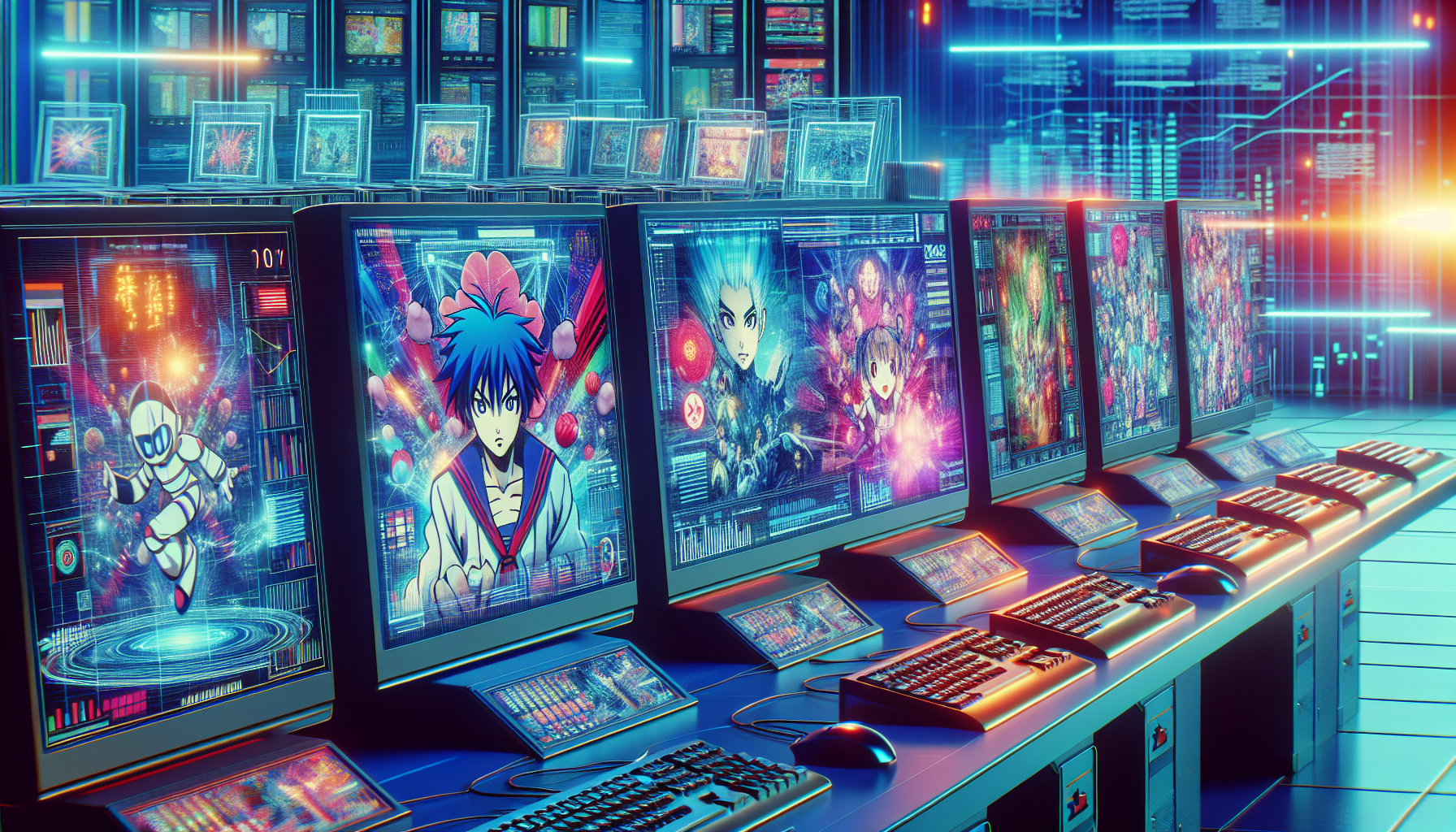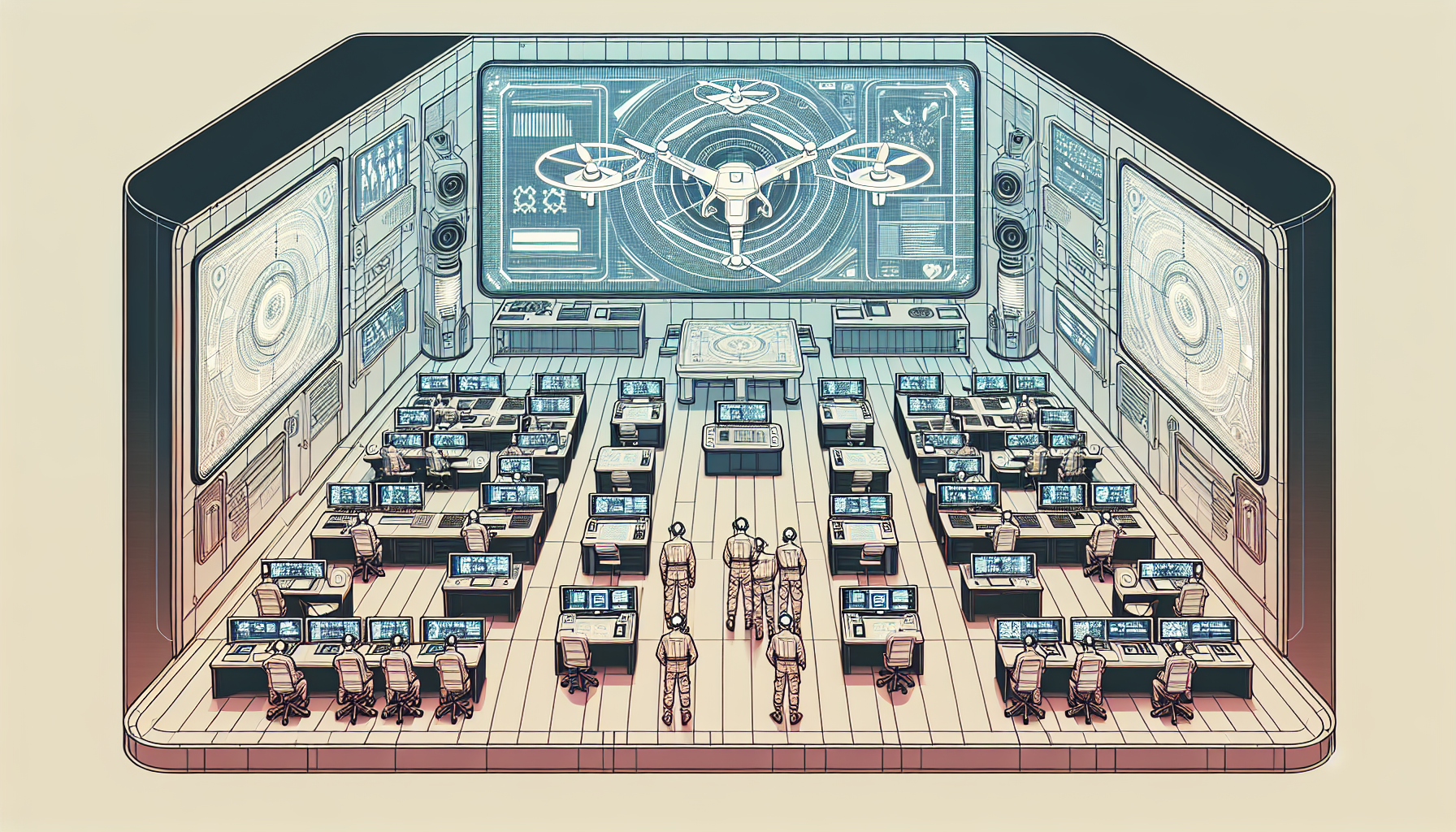In a world where the digital tides ebb and flow with torrents of data, anime and manga piracy has risen like a formidable titan, casting a shadow over the Japanese animation industry. The Japanese government has embarked on a bold and ambitious journey to counter this modern-day Leviathan through strategic initiatives designed to combat unauthorized distribution. With a hefty investment of $2 million, the question lingers: can innovative approaches really turn the tide against piracy, or is this merely a fight against an unyielding current?
Examining the Depths of the Piracy Problem
To tackle the issue of piracy, it’s essential to appreciate its vast scope within the anime and manga universe. Piracy isn’t simply about watching a show without paying; it stretches further to encompass unauthorized distribution, viewing, and sharing of copyrighted material. Reflect on these staggering statistics: estimates suggest that a jaw-dropping 229 billion anime views arise from piracy sites each year. That’s an astonishing loss of around $3.3 billion, a hefty sum that could otherwise invigorate the industry and sustain its vibrancy.
This loss brings forward critical questions regarding sustainability for this rich cultural treasure. Consider this from a fan’s perspective. Every time you watch an anime through a pirated channel, you’re not just indulging in your favorite series; you’re also indirectly jeopardizing the livelihoods of creators, artists, and the entire industry that brings those beloved stories to life. Isn’t it worth taking a moment to reflect on how our viewing habits affect those who craft the content we adore? Every click on a dubious site can ripple through the community, posing a serious threat to creators striving to produce quality content. Here are some key effects of piracy on the anime industry:
- Loss of revenue that could support future projects
- Reduced budgets for creative talent
- Impact on overall quality and variety of anime production
- Demoralization among creators due to perceived undervaluation of their work
Artificial Intelligence Joins the Battle
The Japanese government’s latest effort introduces a sophisticated system designed to learn and adapt, utilizing artificial intelligence to dissect and decipher the nuances of piracy sites—from their layout to the ads they display. This technology empowers rights holders to swiftly request the removal of content, aspiring to disrupt the illicit flow of pirated material. The effective implementation of this AI could represent a leap forward in the ongoing struggle.
This mission transcends mere technological advancement; it aims to rejuvenate legitimate platforms and safeguard revenue streams. Imagine the possibilities if this AI can effectively combat piracy. It would not only assist creators but also pave the way for a new wave of accessible content. Can you envision a future where engaging with anime legally comes with as few hurdles as your favorite free streaming website? A world where every fan can enjoy content while actively supporting creators feels exhilarating, doesn’t it? What if we could reshape our viewing experiences to guarantee that those who craft the stories we love receive recognition for their work?
Community Perspectives and Reactions
The reaction to this initiative from fans and stakeholders has been vibrant and diverse. As I navigated through Reddit forums, I uncovered thought-provoking opinions steeped in both skepticism and cautious optimism. A few quotes from these discussions linger in my mind:
- “Can AI really put an end to piracy, given that many sites operate beyond Japan’s jurisdiction?”
- “Driving 1% to 5% of pirated viewers to legitimate sites could indeed be worth tens of millions of dollars.”
These sentiments reflect valid concerns and invite contemplation on the efficacy of tools designed to combat an elusive problem. However, they highlight the core issue—combatting piracy is not solely about shutting down sites but also about addressing the need for appealing, accessible legal alternatives. Have we fully considered that many fans turn to piracy not out of disdain for the law, but out of access frustration? By enhancing access to legal content, we stand a better chance at winning them back. Finding that balance is essential to create a thriving community that can coexist with both fans and creators.
Navigating the Challenges Ahead
Every initiative comes with its challenges. The AI program, while promising, faces notable hurdles. The fluid nature of piracy sites poses a substantial threat; just when one site is taken down, another often rises like a Hydra with many heads. This challenge draws parallels with past efforts such as WEBTOON’s Toon Radar, creating a sense of skepticism about AI’s capacity to enforce effective measures across international borders.
The battle against piracy necessitates a multifaceted approach, going beyond mere technology. For example, addressing the disparities in supply and demand within the global market is imperative. Have you ever thought about why certain anime are available in one region, while others remain inaccessible elsewhere? This situation solidifies a grey area and ultimately drives viewers to seek pirated content. Here are some proactive steps we can take:
- Advocate for more diverse and accessible licensing agreements
- Support platforms that offer a variety of anime
- Engage in discussions around availability and content gaps
- Encourage community sharing of legal resources and viewing options
Imagining the Future Landscape of Anime
If the AI-driven initiative achieves even a small measure of success, the implications for the anime industry could be transformative. Shifting just a fraction of viewership from pirated streams to legitimate platforms could result in an increased revenue ranging from $33 million to $165 million. This boost may strengthen the industry’s economic foundation and create a bridge between creators and consumers.
Envision a flourishing industry thriving on creativity and originality. The potential of a successful initiative resonates not just in revenue but also as a cultural milestone. It has the power to inspire a broader appreciation for creators, culminating in a diverse array of stories that reflect our multifaceted experiences. Imagine attending conventions where you can engage with creators as they narrate their journeys, a reality made possible only if the industry flourishes. The prospects are vast, but they require a collective effort to materialize and thrive.
Building a Supportive Culture
As this crucial initiative unfolds, it encapsulates a larger narrative about the responsibilities of content providers, consumers, and policymakers. While AI prowls the digital alleys for contraband content, it becomes the responsibility of fans and industry stakeholders to bolster legal pathways and foster equitable access. By wholeheartedly embracing and advocating for legitimate streaming services, we can ensure the creativity and passion of anime continue to thrive.
It’s time for all of us to gather support for these technological efforts. Let’s extend an invitation to everyone who appreciates this art form to champion and cherish the legal avenues that preserve its magic. The digital landscape is vast and unpredictable, yet with our collective dedication, we can secure a vibrant future for anime that honors both the creators and passionate fans alike.










